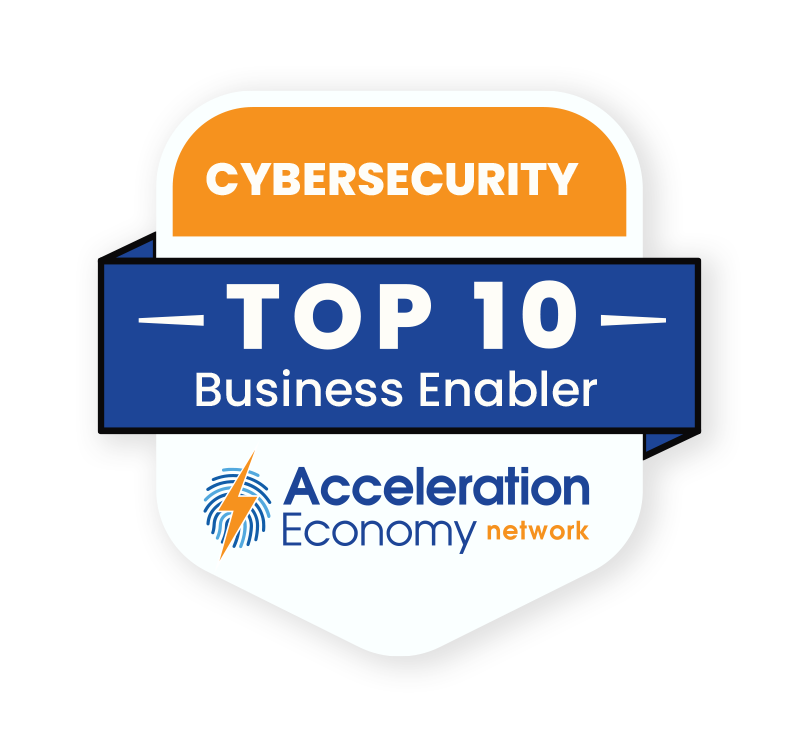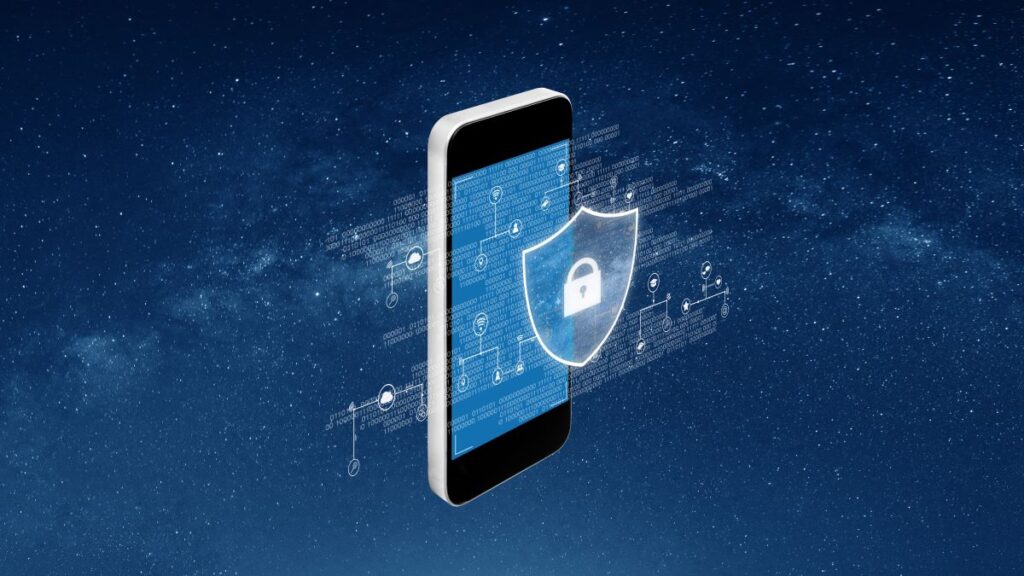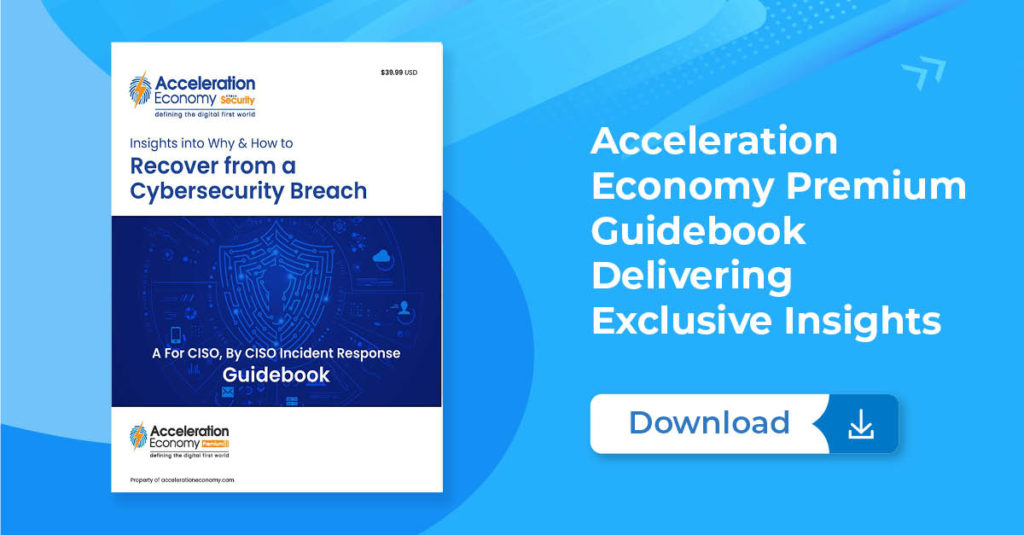Mobile devices have become an integral part of our daily lives, both personally and professionally. Post-pandemic, many of us work at least some of the time from our laptops or tablets remotely. We also use communications tools like Slack or Mattermost from our phones in order to keep in touch with our teams as we go about our busy days.
As mobile devices proliferate, so do their security risks. CISOs face the unique challenge of securing mobile endpoints while ensuring the protection of sensitive data and mitigating insider threats and the risk of human errors. In this analysis, we’ll go deeper into the specific worries of CISOs surrounding mobile endpoint security and discuss how to improve their security posture in this changing landscape.
Securing Laptops: Extending Endpoint Security Measures
Due to their importance in the modern mobile workforce, laptops are frequently the target of cyber attacks. Most laptops use the same operating systems as their desktop cousins, which bad guys have been targeting with malware for years. This factor alone creates substantial risk, which is multiplied by the fact that laptops are often out in the world connecting to random, unsecured Wi-Fi.
As CISOs address the unique challenges of securing laptops, several key factors come into play. A top priority is implementing robust encryption mechanisms to protect sensitive data stored on these portable devices. Laptops are highly susceptible to physical theft or loss, and encryption ensures that the data remains inaccessible even if the device falls into the wrong hands.
In addition to encryption, stringent access controls are essential for laptops. Strong authentication measures, such as multi-factor authentication (MFA), help ensure that only authorized individuals can access the device and its associated resources. By enforcing strict access control policies, CISOs can mitigate the risk of unauthorized access and reduce the potential for data breaches or other security incidents.
Another significant concern is the physical security of laptops. Because of their portability, laptops are frequently the target of theft. CISOs should emphasize the importance of physical security measures, such as keeping laptops locked or stored securely when not in use and educating employees on the risks of leaving laptops unattended in public places. While working in law enforcement, I took too many reports of laptops being stolen from vehicles or left at the airport. Businesses can lessen the impact of device loss or theft by implementing tracking and remote wipe features.
Mobile Phones: Unique Security Concerns and Best Practices
Mobile phones present unique security concerns due to their portability and connectivity. Individuals carry them everywhere and are constantly connected to cellular networks, Wi-Fi hotspots, and other wireless technologies, all of which increase the exposure of mobile phones to potential security risks.
CISOs must address these concerns by implementing a combination of technical and user-focused measures. From a technical standpoint, mobile device management (MDM) solutions can be leveraged to enforce policies, manage device configurations, and remotely wipe data in case of loss or theft. Mobile application management (MAM) solutions can also help control access to corporate apps and data, ensuring that only authorized individuals can access sensitive information.
CISOs should also promote user awareness and education, emphasizing the importance of strong passwords, regular software updates, and cautious app installations from trusted sources. I have encountered many people who have secure and complex passwords on their computers but still use “1111” for their phone passwords. We have to ensure users have the knowledge to understand the risks and make good decisions.
When talking about mobile phones, it is important to distinguish between security considerations for Android and iOS devices. While each platform has its own unique characteristics, both require security vigilance to protect sensitive data and mitigate risks effectively.
With their open-source nature, Android devices provide a more diverse app ecosystem. As a result, CISOs should focus on implementing robust app vetting processes and leveraging mobile threat defenses to detect and prevent any potential malicious activities. By implementing these measures, organizations can ensure that only trusted and verified applications are installed, reducing the risk of malware or unauthorized access.
On the other hand, iOS devices benefit from Apple’s closed ecosystem, which provides a higher level of control and security. However, CISOs should recognize the importance of securing app installations from unauthorized sources even within this closed environment. By enforcing policies that limit app installations to trusted sources and ensuring device encryption, organizations can further protect sensitive data stored on iOS devices.
Ultimately, regardless of the platform, CISOs should implement comprehensive security strategies that align with the specific considerations of each device type. By adopting a proactive approach, organizations can strengthen the security of both Android and iOS devices, mitigating potential risks and ensuring the confidentiality and integrity of their data.

Which companies are the most important vendors in cybersecurity? Check out
the Acceleration Economy Cybersecurity
Top 10 Shortlist.
User Education and Mobile Security Best Practices
Regardless of the specific mobile device, user education plays a pivotal role in maintaining a strong security posture. CISOs should prioritize ongoing security awareness training to educate employees about the potential risks associated with mobile devices and promote responsible usage. This includes guidance on avoiding suspicious links and downloads, securing Wi-Fi connections, and utilizing built-in security features such as biometric authentication. By fostering a security-conscious culture, CISOs can empower employees to be active participants in safeguarding organizational data.
Closing Thoughts
Endpoint security for mobile devices is critical to a comprehensive cybersecurity strategy. CISOs must strike the right balance between productivity and security while addressing the unique concerns of laptops and mobile phones. By implementing a combination of technical solutions, user-focused measures, and ongoing education, CISOs can enhance their organization’s security posture.
Want more cybersecurity insights? Visit the Cybersecurity channel:








